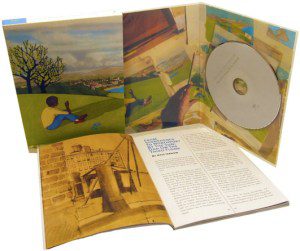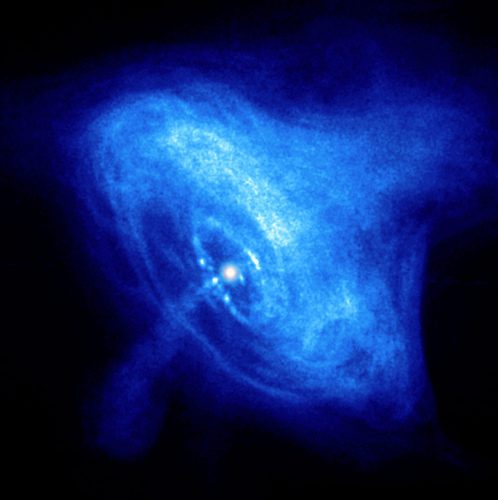 Last week, Jason Kottke reminded me of how much I love the vintage short films of painter, educator, museum designer, and software developer Al Jarnow. Between the 1970s and the 1990s, Jarnow created short segments for PBS’s 3-2-1 Contact series, Sesame Street, and various other children’s television programs, using stop-motion, timelapse, cell animation, and other experimental at the time techniques to bring everyday objects to life and illustrate scientific concepts by blending education and entertainment. (Sound familiar?) The films are now collected in Celestial Navigations: Short Films of Al Jarnow — an absolute gem restored from the original 16mm prints, featuring remastered sound, a 30-minute documentary about Jarnow’s work, and a beautiful 60-page book.
Last week, Jason Kottke reminded me of how much I love the vintage short films of painter, educator, museum designer, and software developer Al Jarnow. Between the 1970s and the 1990s, Jarnow created short segments for PBS’s 3-2-1 Contact series, Sesame Street, and various other children’s television programs, using stop-motion, timelapse, cell animation, and other experimental at the time techniques to bring everyday objects to life and illustrate scientific concepts by blending education and entertainment. (Sound familiar?) The films are now collected in Celestial Navigations: Short Films of Al Jarnow — an absolute gem restored from the original 16mm prints, featuring remastered sound, a 30-minute documentary about Jarnow’s work, and a beautiful 60-page book.
For a taste, here are five of my favorite Jarnow films:
 COSMIC CLOCK
COSMIC CLOCK
Cosmic Clock compresses a billion years of time into two delightfully vintage animated minutes.
 FACE FILM
FACE FILM
Face Film explores human behavior through the computational operations of a typewriter, using a large canvas to tease our inability to recognize an image using incomplete data.
 ARCHITECTURE
ARCHITECTURE
Architecture was one of Jarnow’s most elaborate and labor-intensive shoots — which makes this photo of the set getting destroyed upon completion all the more mischievously delightful.
 TONDO
TONDO
In Tondo, Jarnow places rectangles on grids made of meticulously measured horizon lines, then moves the camera or leaves each rectangle still for a near-impossible to achieve 3D effect. In fact, this technique is rarely used in animation precisely due to its tedious and time-consuming nature — doing away with the familiar shortcuts of cell animation, Jarnow had to come up with an entirely new kind of shortcut to fill out the 24 frames per second of traditionally projected films … in 1973.
 CUBITS
CUBITS
In 1978, Jarnow created one of his most ambitious and groundbreaking films. Far from a mere mesmerizing meditation on the craft of animation itself, Cubits was also essentially a paper model of a computer — the cube sheet on which the film is based consists of a horizontal cubic rotation and a diagonal pan for diagonal rotation, combining these primary moves into complex rotations to explore the relationship between animation procedure and logical numerical operations.
A time-capsule of incredible visual and conceptual innovation, Celestial Navigations is the kind of cultural treasure that makes you sigh with appreciation.



